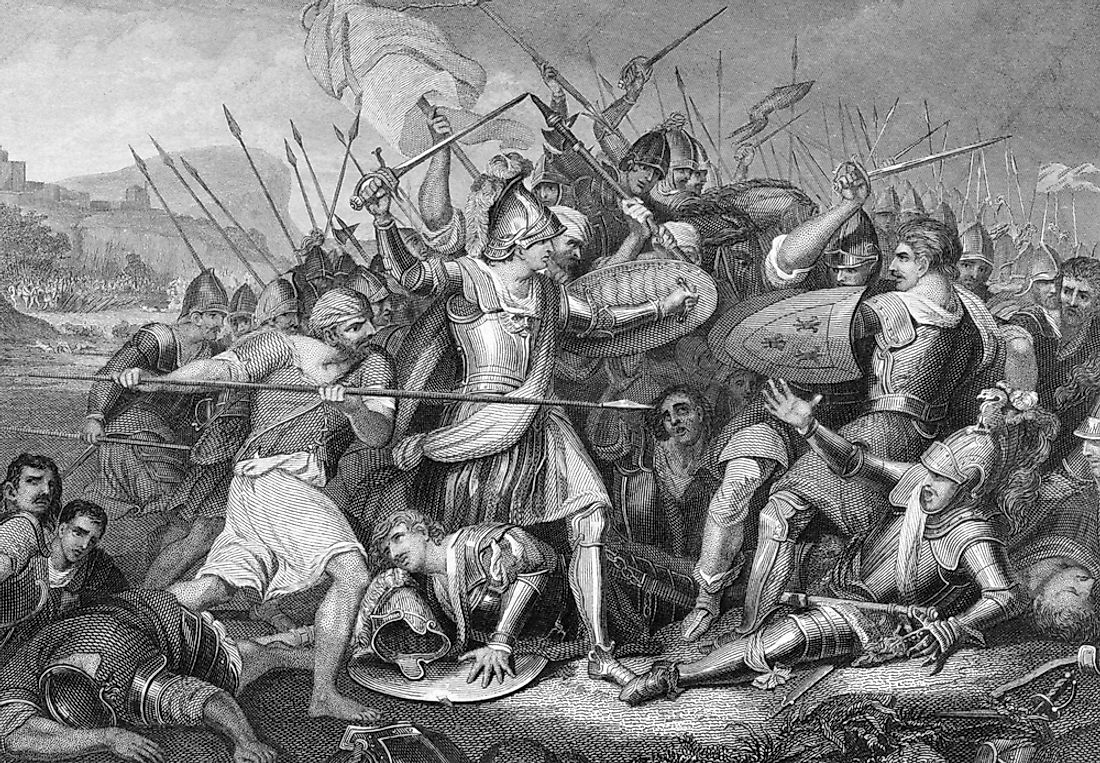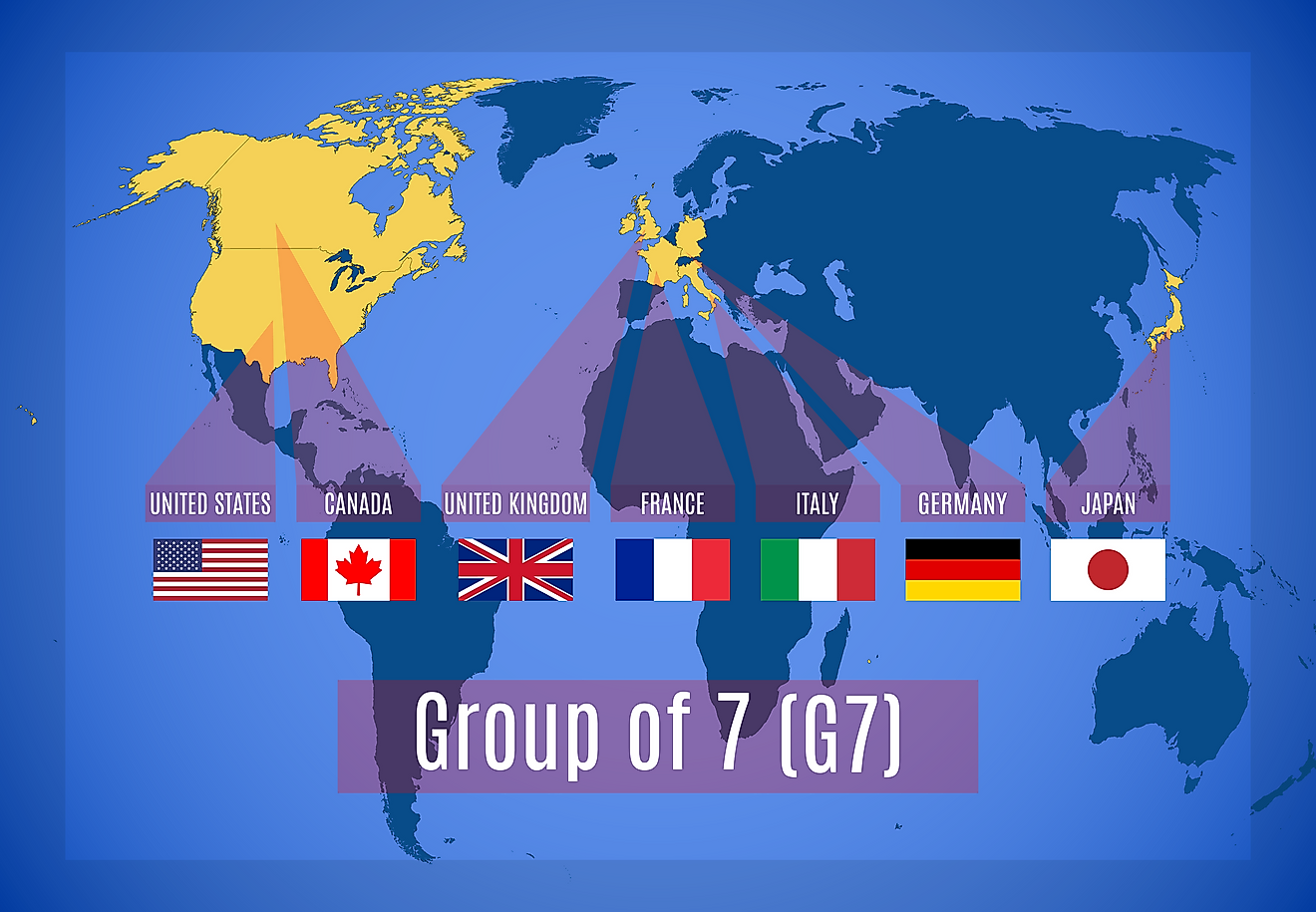Battle of Agincourt - Major Battles Throughout History

5. Background
The Battle of Agincourt represented a key battle between the French and the English, where the English emerged victoriously. The battle took place on the Friday, October 25 of 1415 in Saint- Pol County that is 40km to the south of Agincourt. The French were numerically superior compared to the English. The English troops were led by King Henry V who participated in the fighting, while the French troops were fronted by Charles d’Albret and other French noblemen. This was because Charles VI, the French king, could not command the army because he was suffering from psychotic illness. The significant use of the English longbow is the most notable thing about this battle.
4. Makeup of the Forces
Henry deployed an army of approximately 7,000 longbowmen and 1,500 men-at-arms. Henry divided his army into groups of three - he led the main battle, Duke of York led the vanguard and Lord Camoys led the rearguard. Thomas Erpingham marshaled the archers. The French army was larger than the English. The number of the men-at-arms were 8,000, as well as 1,500 crossbowmen and 4,000 archers. It also had two wings that comprised of 800 and 600 men-at-arms and the main battle having many knights. Thousands of troops were also in the rearguard. The French force was organized in three lines. Charles d’Albretled was in the first line. Dukes of Bar led the second line and the third line led by Counts of Dammartin.
3. Description of the Engagement
On the morning of the 25th of October 1415, the French stayed put and didn’t confront the English as they were waiting for more troops to join them. They knew that when the English saw the number of their forces, they could be forced to run away out of fear of overpowerment. For over three hours there was no fighting, and this had made Henry’s squad weary and hungry. Henry could not wait any longer - he then decided to lead his army to start the battle. Henry re-installed the sharpened wooden stakes outwards towards the enemy. This was meant to protect the longbowmen. The French cavalry was disorganized, and they charged to face the longbowmen. This backfired because of the nature of the terrain.
2. Outcome
The French were heavily armored, and this put them at a serious disadvantage. They quickly got stuck in the mud. The lightly armored longbowmen knocked the French to the ground and thousands were killed, with many others taken as prisoners. After their defeat, the French attacked the English train, and this represented their only successful attack.
1. Historical Significance and Legacy
Henry returned to England as a hero and was received in London triumphantly. This victory justified the legitimacy of Henry's leadership and that of the Lancastrian monarchy. The battles of the French broke down blaming one another for the defeat. The lack of unity by the French gave Henry time to prepare politically and militarily for another campaign. This campaign turned out to be easier for him because of the damage that had already been done in the battle.











